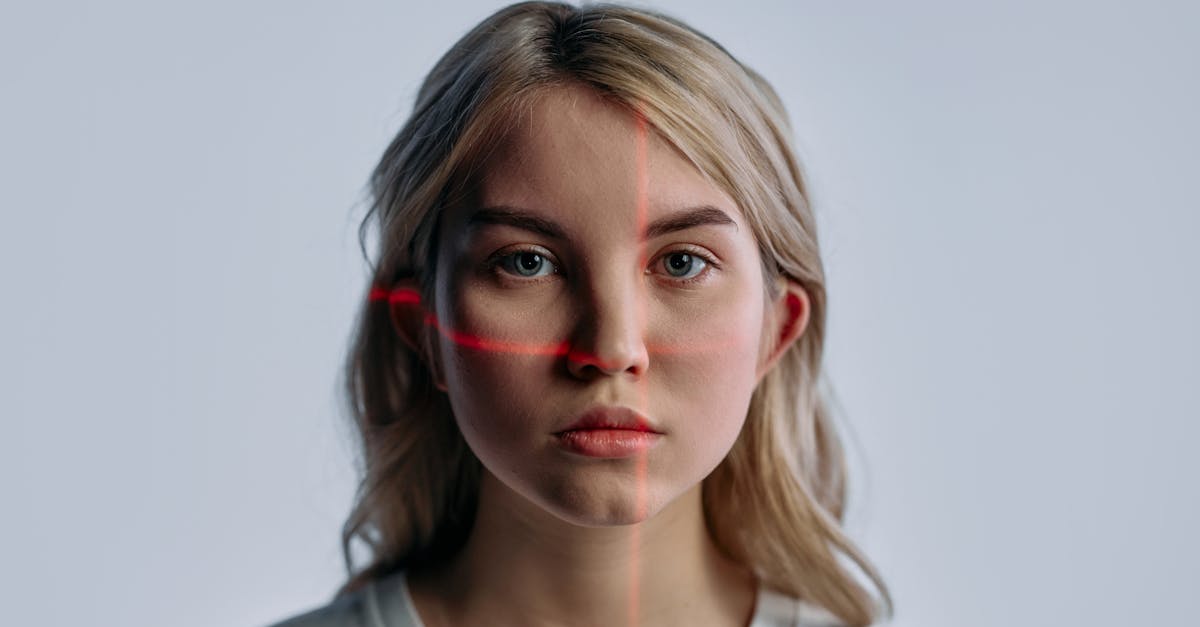The Worst Mistakes You Can Make With Biometric Authentication AI
You set up biometric authentication AI for your business, but now you’re facing unexpected security breaches and user complaints. I’ve seen countless companies make critical mistakes that turn their cutting-edge identity systems into security nightmares. These errors cost businesses millions in damages and destroy customer trust.
The truth hits hard. Most organizations rush into implementing facial recognition technology and fingerprint scanning without understanding the fundamental pitfalls. They ignore behavioral biometrics, skip proper multi-factor authentication setup, and forget about biometric data protection. Meanwhile, hackers use AI-generated deepfakes and sophisticated spoofing techniques to bypass their systems. Your authentication method becomes your weakest link.
I’ll show you the 7 most dangerous mistakes that leave your biometric security wide open to attacks. Keep reading to protect your business before it’s too late.

Photo provided by cottonbro studio on Pexels
In the article
- Implementation Failures That Compromise biometric authentication AI
- Security Vulnerabilities in AI Authentication Methods
- Technology Misunderstandings That Undermine Security
Implementation Failures That Compromise biometric authentication AI
I’ve seen countless organizations rush into biometric authentication AI without proper planning. These mistakes can turn a promising security solution into a costly failure. Let me share the most damaging errors I’ve witnessed firsthand.
The biggest problem starts with ignoring basic security measures. Many companies think installing biometric systems is enough. However, they miss critical components that protect against attacks.
Ignoring biometric authentication AI liveness detection capabilities
I’ve watched systems fall victim to simple photo attacks. Facial recognition technology fails when it can’t tell the difference between a real person and a picture. This happens because companies skip liveness detection features.
Attackers use printed photos, phone screens, or even masks to fool these systems. Without proper anti-spoofing mechanisms, your expensive security investment becomes worthless. Modern systems need passive liveness detection that works automatically without extra user actions.
The worst part is that these attacks are getting easier. AI-generated deepfakes can now create realistic facial movements. Therefore, basic photo detection isn’t enough anymore.
Poor fingerprint scanning AI enrollment processes
I’ve seen users give up on biometric systems because of terrible enrollment experiences. Inadequate template quality leads to constant authentication failures. When people can’t get into their own accounts, they lose trust in the technology.
The enrollment process needs clear guidance and multiple attempts. Users should understand how to position their fingers correctly. Poor lighting or dirty scanners make things worse. However, many companies ignore these basic requirements.
High false rejection rates destroy user confidence. People abandon systems that don’t work consistently. Therefore, enrollment guidance improves success rates significantly when implemented properly.
Neglecting voice biometrics environmental factors
Voice authentication faces unique challenges that many organizations overlook. Background noise interferes with voice pattern recognition accuracy. I’ve seen systems fail in busy offices or noisy environments.
Personal factors also affect voice recognition. Illness changes voice patterns temporarily. Stress and emotions alter how people speak. These natural variations can lock out legitimate users.
Smart systems need adaptive algorithms that learn from these changes. Adaptive algorithms needed for consistent performance across different conditions and user states.
Overlooking behavioral biometrics continuous monitoring
Single-point authentication creates dangerous security gaps. Once someone passes the initial check, they often have unlimited access. This leaves sessions vulnerable to takeover attacks after authentication.
Mouse patterns and keystroke dynamics provide ongoing verification throughout user sessions. However, many companies only check identity at login. This approach misses suspicious behavior during active sessions.
Continuous monitoring through behavioral analysis catches unauthorized access attempts. Smart access control requires real-time behavioral analysis integration for complete protection.

Photo provided by Towfiqu barbhuiya on Pexels
Security Vulnerabilities in AI Authentication Methods
Security mistakes in biometric systems can expose entire organizations to data breaches. I’ve investigated incidents where poor implementation led to massive security failures. These problems are preventable with proper planning.
The most dangerous vulnerabilities come from treating biometrics as perfect solutions. No single authentication method is foolproof. However, many companies rely on one biometric type without backup systems.
Insufficient multi-factor authentication integration
Relying on a single biometric creates dangerous security weakness points. Single biometric methods create vulnerabilities that attackers can exploit. I’ve seen entire systems compromised because they lacked backup authentication methods.
The best approach combines multiple factors. Biometrics work well with passwords, tokens, or behavioral analysis. This layered security makes attacks much harder to execute successfully.
Each authentication factor should complement the others. If one method fails or gets compromised, backup systems maintain security. Multi-factor authentication integration provides robust protection against sophisticated attacks.
Inadequate biometric data protection measures
Storing biometric data improperly creates massive security risks. Identity verification systems require encrypted template storage methods to protect user information. Raw biometric data should never be stored in databases.
Template protection involves mathematical transformations that make original data unrecoverable. Even if attackers steal encrypted templates, they can’t recreate actual biometric features. This approach protects user privacy and system security.
Data protection extends beyond storage to transmission and processing. Biometric data protection measures must cover the entire data lifecycle from capture to deletion.

Photo provided by Google DeepMind on Pexels
Technology Misunderstandings That Undermine Security
I’ve encountered many misconceptions about how biometric authentication AI actually works. These misunderstandings lead to poor implementation decisions and security vulnerabilities.
One common mistake involves expecting perfect accuracy from biometric systems. All biometric technologies have error rates. Understanding these limitations helps set realistic expectations and design better security policies.
Neural networks and machine learning require proper training data to function correctly. Biased or incomplete training sets create systems that work poorly for certain user groups. This affects both security and user experience.
Another issue involves ignoring system maintenance requirements. Biometric systems need regular updates and retraining. Machine learning algorithms must adapt to new attack methods and changing user behaviors.
The worst mistake is treating biometric authentication as a set-and-forget solution. These systems require ongoing monitoring, updates, and refinement to maintain security effectiveness over time.
Your Path to Secure Identity Solutions
I believe you now understand how to avoid common pitfalls that compromise security systems. Smart implementation means better accuracy and stronger protection. You can achieve reliable identity verification when you focus on proper enrollment processes and robust liveness detection. These systems work best when you combine multiple authentication methods and maintain updated security protocols.
Start by evaluating your current security setup today. Review your enrollment procedures and ensure they capture high-quality reference data. Then implement liveness detection technology to prevent spoofing attempts with fake images or masks. Consider adding behavioral pattern analysis to your existing facial recognition or fingerprint systems for extra protection.
Your security deserves the best possible foundation. Take action now to strengthen your identity verification systems. Choose solutions that adapt to new threats and provide seamless user experiences. The right approach protects your data while keeping authentication simple and fast.







